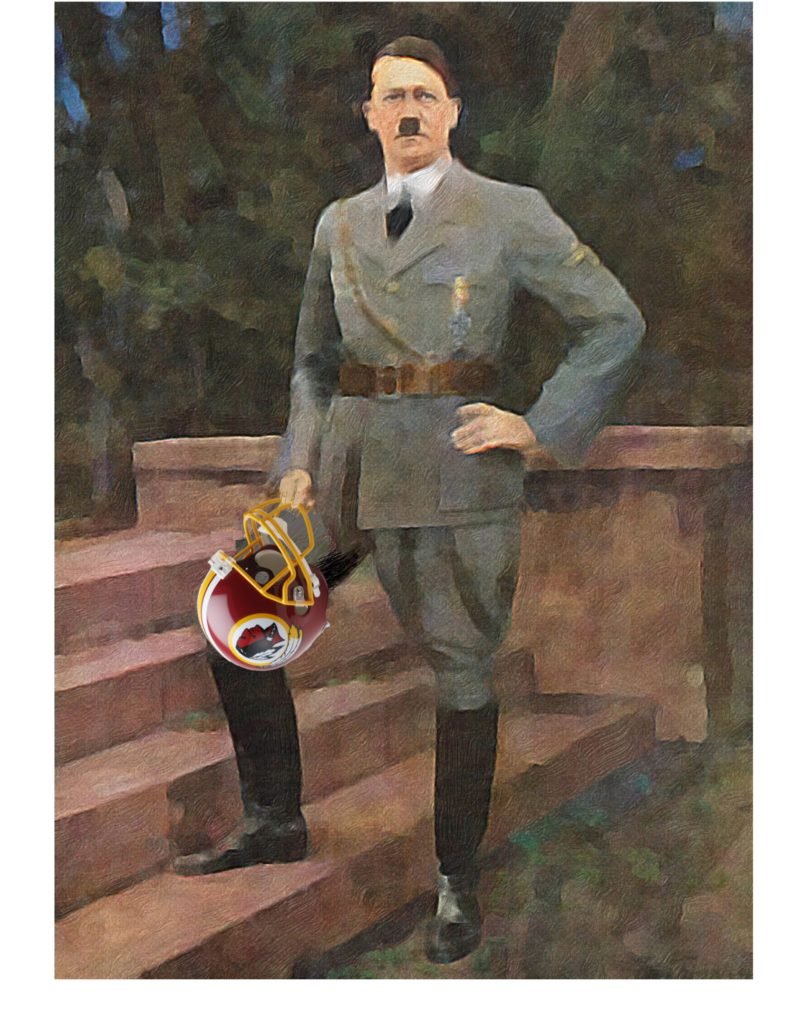Adolf Hitler’s Thoughts about the Redskins

Adolf Hitler adored the American story, especially of its dominance. He took a particular pride in the idea that European settlers (whom he characterized as “Nordics”) won “in the struggle in North America against the Red Indians.” In 1928, the fiery Nazi leader acknowledged his admiration for how white settlers “gunned down the millions of redskins to a few hundred thousand.”
It is accurate that millions of Native Americans perished at the hands of white domination in the Western hemisphere — perhaps, even more died from exposure to European-borne diseases. To be sure, this episode in American history was genocide.
In Hitler’s frame of thinking, the slaughter of “natives,” whom he called “redskins,” was key to America’s greatness. Lauding the history of American genocide, he actively took notes on how the United States developed its racist laws and policies. He himself had a similar vision for Germany, later becoming the architect of the Holocaust.
“Nazism,” argues James Q. Whitman, author of Hitler’s American Model, “was a movement drawn in some ways on the American model—a prodigal son of the land of liberty and equality, without the remorse.”
It is no doubt that the brutal and violent ordeal of Indigenous Americans is a shameful chapter in American history. However, the story of what Hitler called the “Red Indians” —the antagonizing foes of American progress—proved to be a pernicious and deadly caricaturization of Indigenous civilizations. It is an image that has had (and, to some degree, continues to have) far-reaching, hurtful and deadly consequences for millions.



